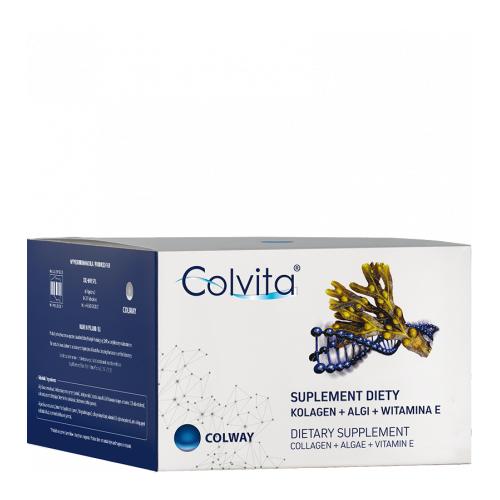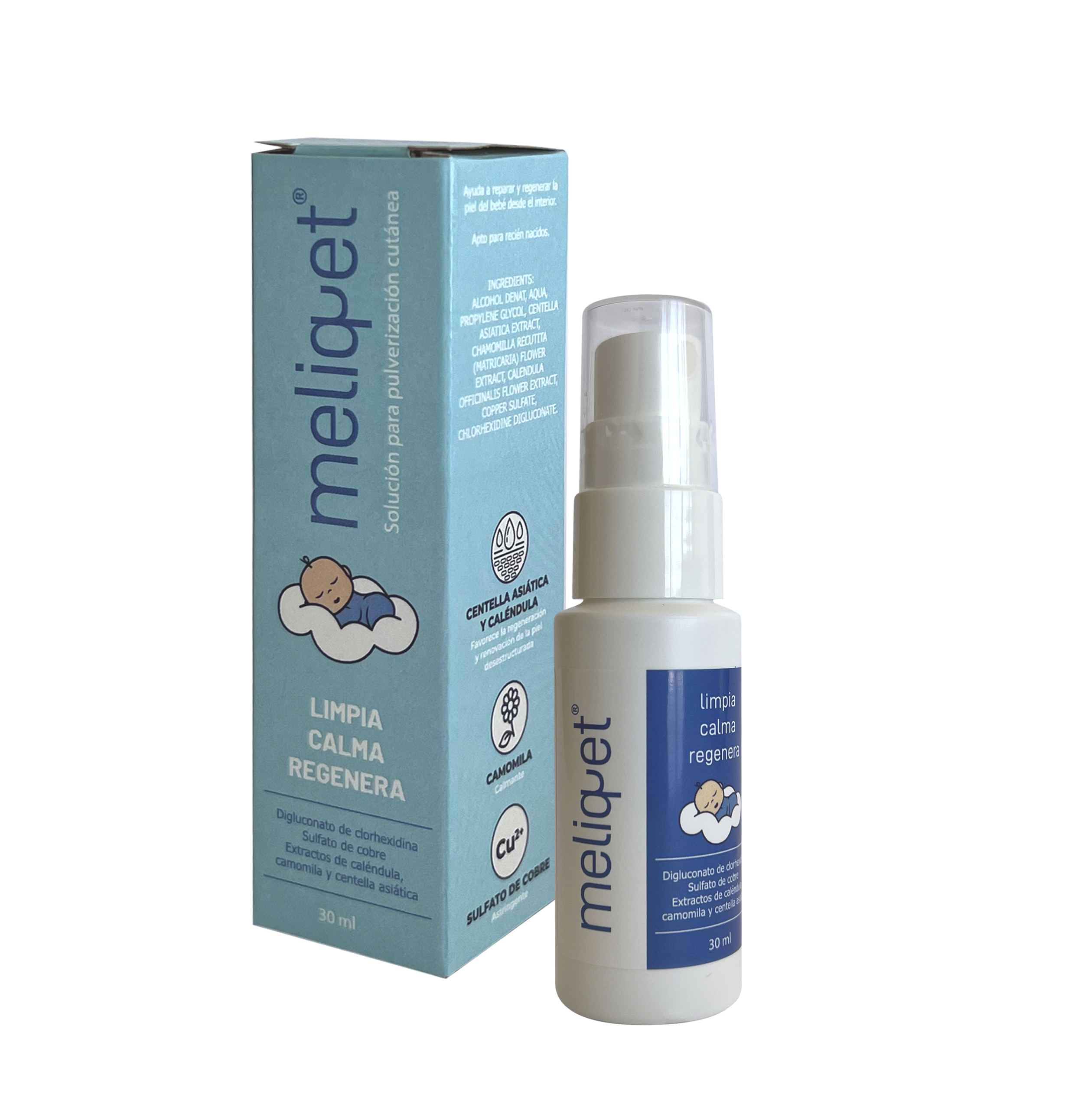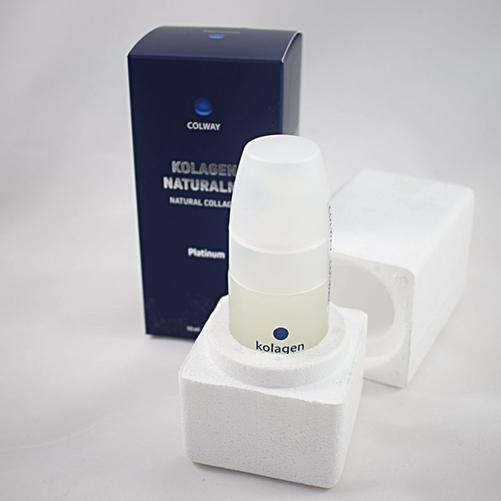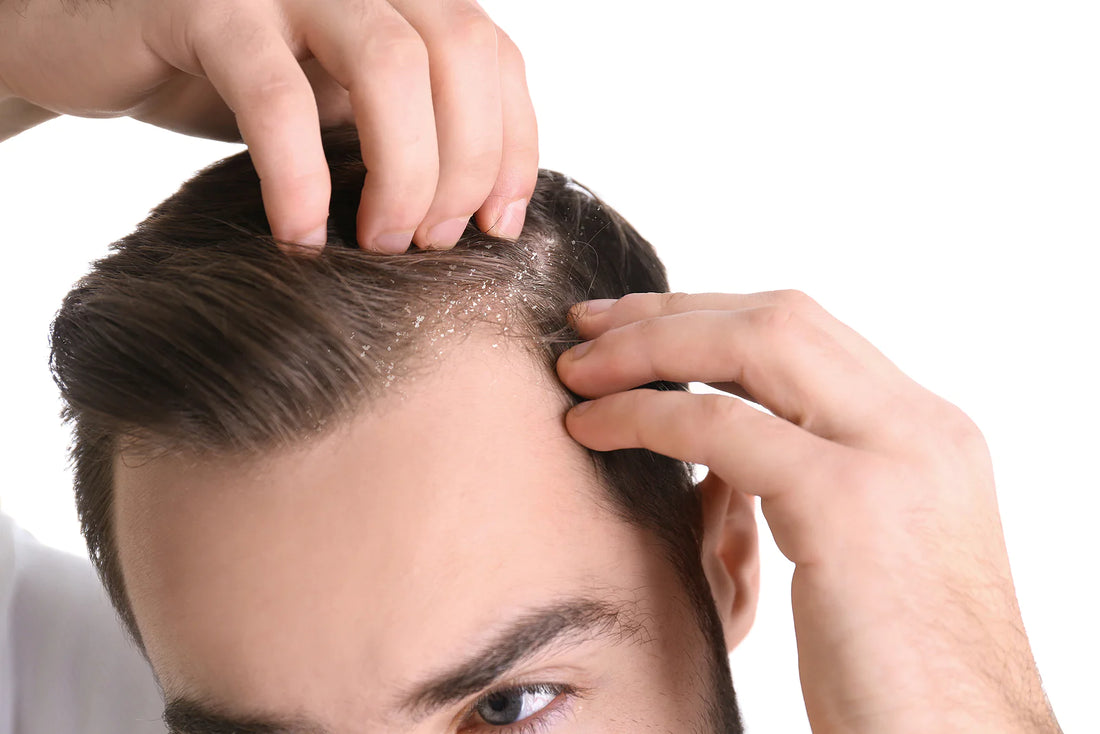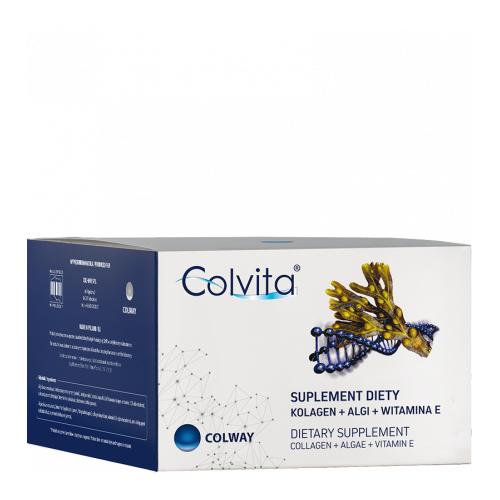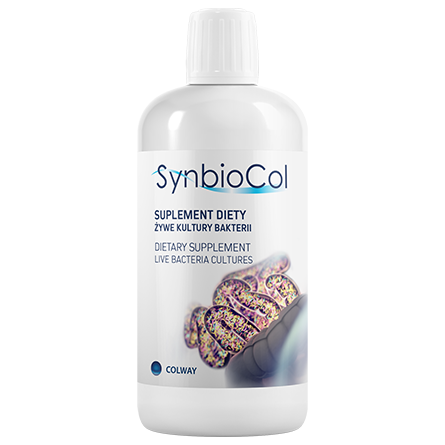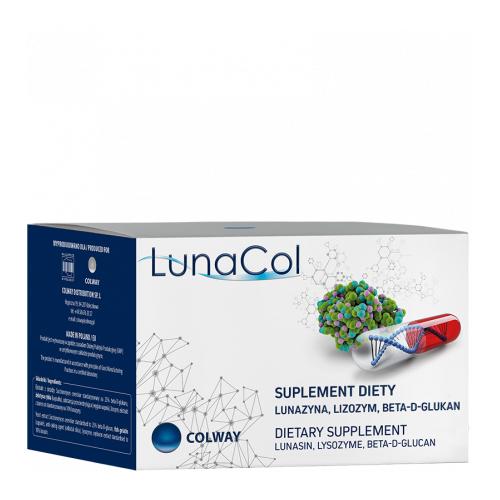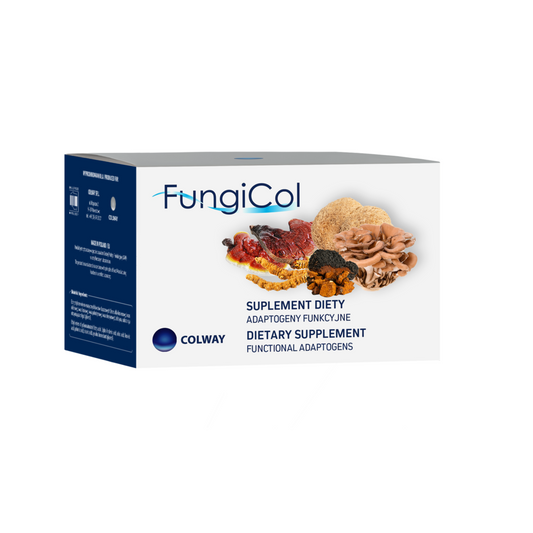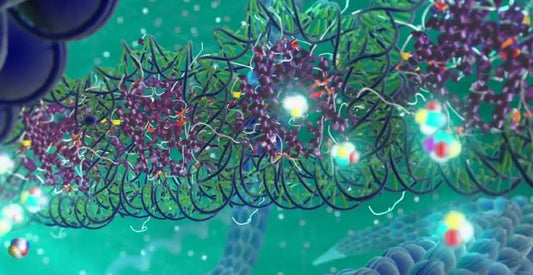Introduction
Hair loss, also known as alopecia, is a common phenomenon that affects millions of people around the world, leading to significant psychological suffering. Over the years, numerous treatments have been developed to stop hair loss and stimulate hair growth. Among these, Procapil and Minoxidil have garnered considerable attention due to their proven effectiveness. In this article, we delve into the science behind these two popular hair growth treatments, comparing their features, benefits, potential side effects, and overall effectiveness.
Understanding Procapil
Procapil is a relatively new player in the hair growth treatment arena. Developed by Sederma, Procapil is a complex of active ingredients of natural origin, which includes biotinyl tripeptide-1, oleanolic acid and apigenin.
Procapil works by strengthening hair follicles, improving blood circulation to the scalp, and reducing the damaging effects of dihydrotestosterone (DHT), a hormone known to cause hair loss. The tripeptide molecule helps anchor the hair shafts, thus preventing hair loss. Oleanolic acid inhibits DHT production, while apigenin improves blood flow to hair follicles, ensuring an ample supply of nutrients.
Understanding Minoxidil
Minoxidil, on the other hand, is a well-established and widely used hair loss treatment. Initially developed as a treatment for high blood pressure, minoxidil was later discovered to have a surprising side effect: it promoted hair growth.
Minoxidil works primarily by widening the blood vessels, leading to increased blood flow to the hair follicles. This process stimulates and prolongs the growth phase of the hair cycle, leading to thicker and longer hair.
Compare Procapil and Minoxidil
-
Mechanism of Action: Both Procapil and Minoxidil aim to improve circulation to the scalp. However, Procapil offers a more holistic approach by further inhibiting DHT production and strengthening hair follicles.
-
Side Effects: While both treatments are generally safe, Minoxidil can cause side effects such as scalp irritation, dryness, and unwanted hair growth on areas other than the scalp. Procapil, which is made up of natural ingredients, is usually less likely to cause such side effects.
-
Efficacy: Minoxidil has been extensively researched, with numerous studies attesting to its effectiveness. Procapil, although newer to the market, has shown promising results in preliminary studies. However, more research is needed to fully understand its long-term effectiveness and potential side effects.
-
Convenience: Minoxidil requires consistent twice-daily application to maintain results, while Procapil's use depends on the specific product's instructions.
Conclusion
Both Procapil and Minoxidil offer promising solutions for hair loss. Minoxidil has a longer history and extensive research supporting its effectiveness, but it can have potential side effects. Procapil, with its blend of natural ingredients, presents a potentially safer alternative, but its long-term efficacy requires further study.
Ultimately, the choice between Procapil and Minoxidil will depend on individual preference, tolerance to potential side effects, and the specific nature of the hair loss. As with any treatment, it is recommended that you consult with a health care provider or trichiologist to understand the best option for your specific needs.

